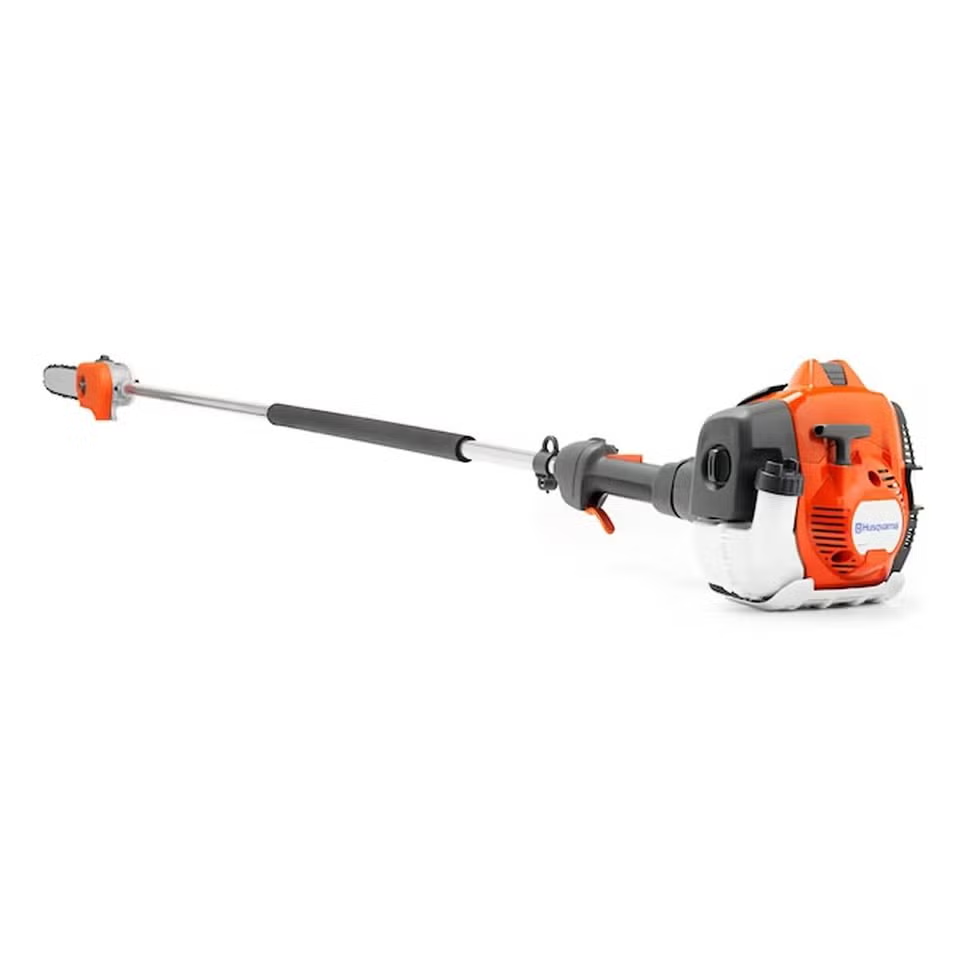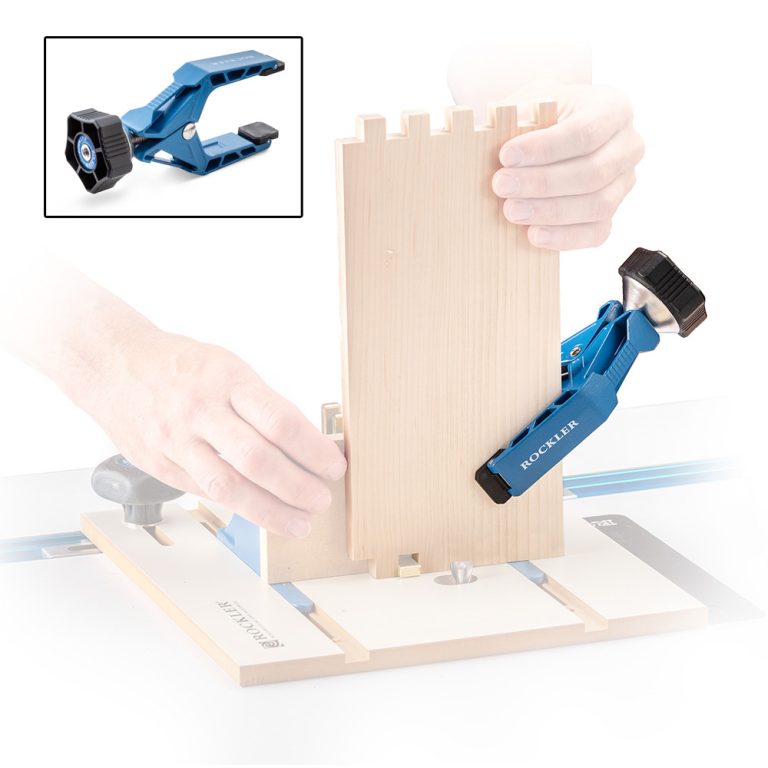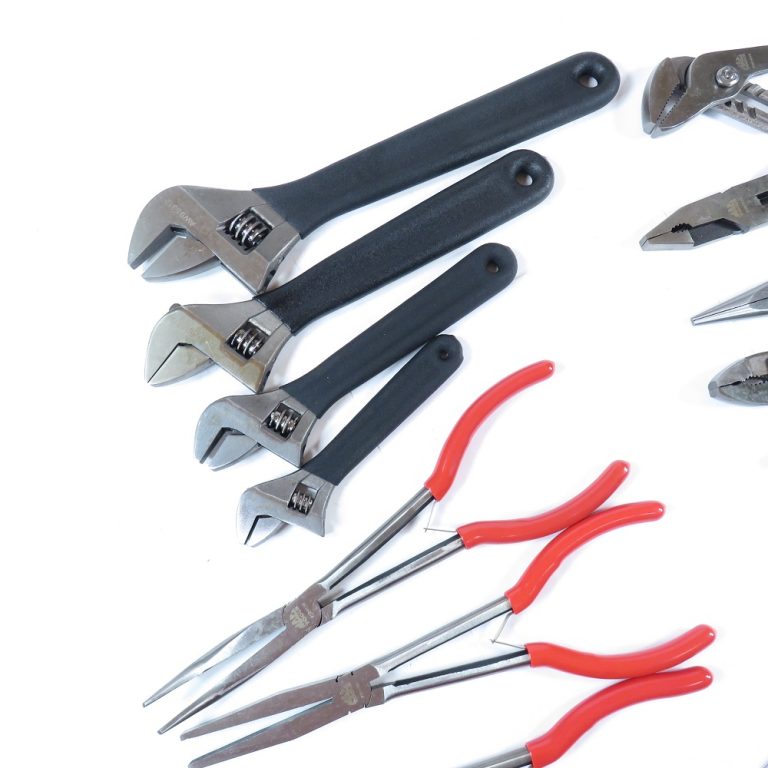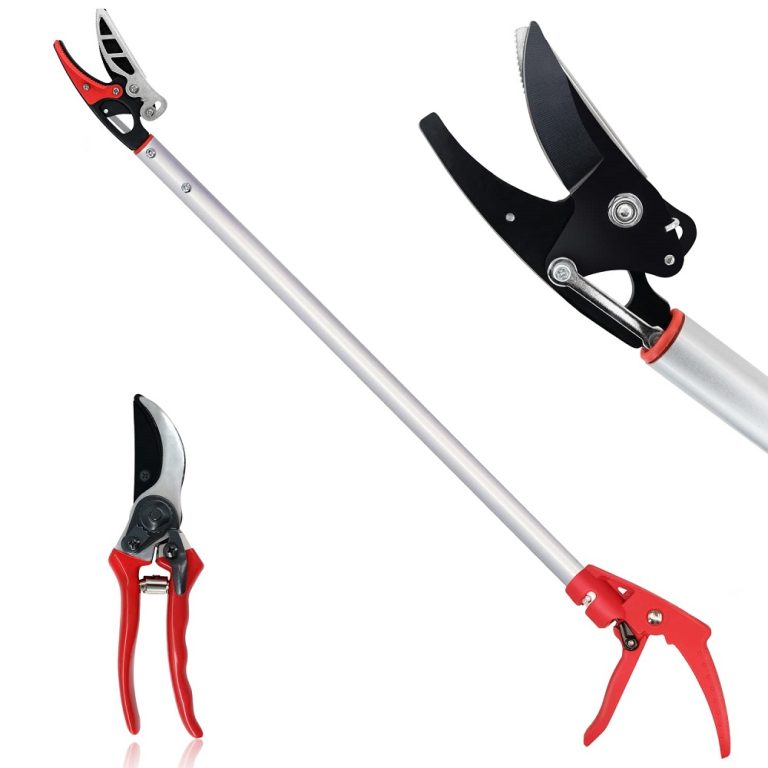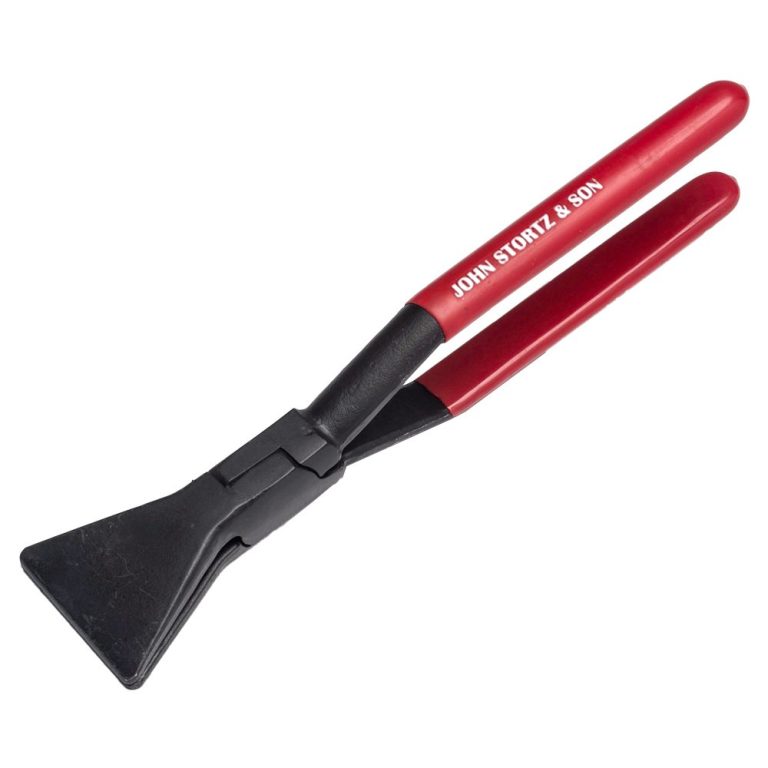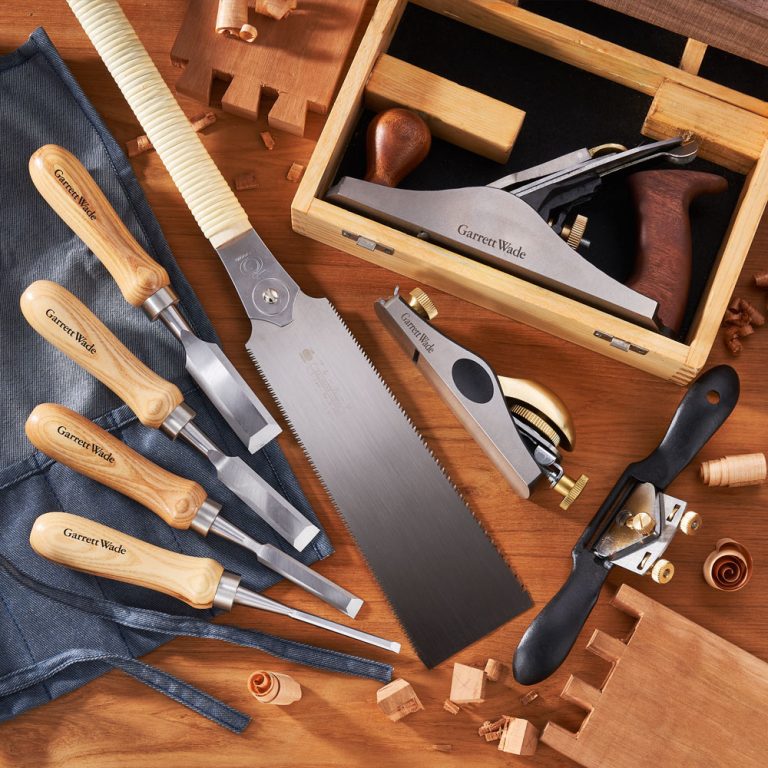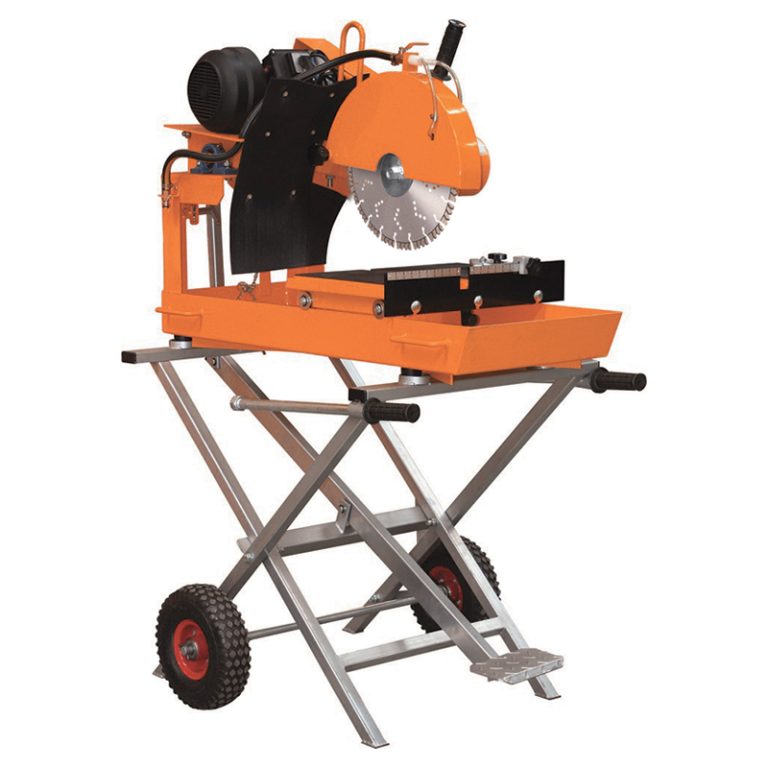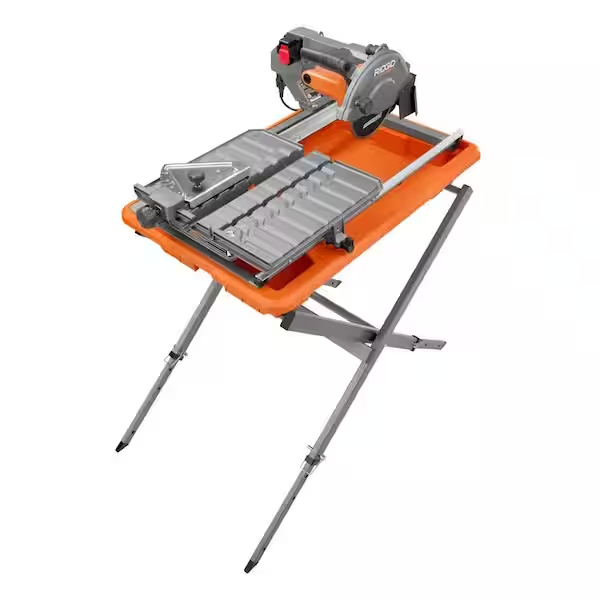Introduction to Gas Powered Pole Saws
Gas powered pole saws are powerful tools for trimming hard-to-reach branches. These saws combine a small chainsaw on an extendable pole, letting users cut branches from a distance. Unlike manual saws, gas powered pole saws need fuel to operate and create exhaust emissions as well. They offer mobility and power without the limitations of a power cord, which is essential for large yards or remote areas.
Safety is critical when using gas powered pole saws because they can be hazardous. Proper use and handling alleviate risks, ensuring a safe work environment. Users must wear the right safety gear and follow a checklist before starting the saw. Correct cutting techniques are also vital for avoiding accidents.
Gas powered pole saws demand regular maintenance to function effectively. This involves checking parts, cleaning, and storing the saw appropriately. Knowing common mistakes and how to avoid them can help extend the life of your saw. This blog provides essential tips for both novice and experienced users to operate gas powered pole saws safely and efficiently.

Key Safety Gear for Operating Pole Saws
When handling gas powered pole saws, prioritizing safety is paramount. Here’s the essential safety gear you should always wear:
- Protective Helmet: A helmet defends your head from falling debris. Ensure it fits well.
- Safety Goggles: Goggles protect your eyes from wood chips and dust. Choose a comfortable pair.
- Hearing Protection: Gas powered pole saws are loud. Use earplugs or earmuffs to shield your ears.
- Sturdy Gloves: Gloves offer a better grip and protect your hands from cuts.
- Long-Sleeved Clothing: Protect your skin from scratches with tightly woven, but breathable clothes.
- Chainsaw Chaps: These special chaps resist cuts from accidental contact with the saw blade.
- Non-Slip Work Boots: Boots with grip prevent slips and provide foot protection.
Equipped with this gear, you’re set to handle your gas powered pole saw safely.

Pre-Operational Checklist
Before operating gas powered pole saws, it’s crucial to perform a thorough pre-operational checklist. This ensures the saw is in good condition and reduces the risk of accidents. Here’s a checklist to guide you through the necessary steps:
- Inspect the Saw: Check for any loose, damaged, or missing parts. Ensure the chain is sharp and properly tensioned.
- Fuel Check: Verify that the saw has enough fuel and that the fuel is fresh. Stale fuel can cause problems.
- Lubrication Level: Confirm that the chain oil reservoir is full to guarantee smooth operation.
- Control Functions: Test all control functions to ensure they are working correctly, including the throttle and safety switch.
- Clear Work Area: Remove any obstacles around your work area that could cause you to trip or distract you while operating the saw.
- Weather Conditions: Consider the weather. Avoid using the saw in adverse conditions like high winds or wet weather.
- Support Equipment: Gather all necessary support equipment, such as ladders or harnesses, and inspect them for safety.
By following this pre-operational checklist, you lay the foundation for a safer work environment while using gas powered pole saws. Take the time to thoroughly review each point before you start your saw.

Starting the Gas Powered Pole Saw
Starting your gas powered pole saw correctly is essential for safety and the longevity of your equipment. Here are steps to safely start the saw:
- Check the Area: Ensure you have a clear space without people or pets nearby.
- Stable Position: Place the saw on a flat surface. Stand with your feet apart for balance.
- Engage the Chain Brake: This safety feature prevents the chain from spinning as you start the saw.
- Prime the Engine: Press the primer bulb a few times to draw fuel into the carburetor.
- Set to ‘Start’ Position: Move the choke lever to the ‘start’ position for a cold engine start.
- Pull the Starter Cord: Firmly pull the starter cord until the engine shows signs of life, then move the choke lever to ‘run’.
- Warm Up the Saw: Let it idle for a minute to warm up before beginning your work.
Remember these key points each time you start your gas powered pole saw to ensure it runs smoothly and safely. Following a consistent start-up routine will minimize wear on your saw and help prevent accidents.
Proper Techniques for Handling and Cutting
Employing proper techniques when handling and cutting with gas powered pole saws is crucial. These practices will keep you safe and help you work more effectively. Follow these pointers every time you use your saw:
- Balance and Stance: Stand with your feet shoulder-width apart. Distribute your weight evenly for stability.
- Grip and Control: Hold the saw with both hands firmly. Always maintain control.
- Plan Your Cut: Before cutting, plan your approach. Choose your starting point and the direction of the cut to avoid kickback.
- Branch Positioning: Ensure the branch is at a reasonable height and angle for cutting. Never cut directly overhead.
- Saw Positioning: Keep the saw at waist level or below. Do not overreach or strain yourself.
- Smooth Movements: Use steady, fluid motions to cut. Jerky movements can lead to accidents.
- Take Breaks: Prevent fatigue. Take breaks to stay alert and maintain focus.
- Refuel Safely: Turn off the saw and let it cool before refueling. Avoid spills.
By adhering to these techniques, you’ll handle your gas powered pole saw with confidence and proficiency, reducing the risks associated with cutting. Safety always comes first — don’t rush the job at the expense of secure handling.

Maintenance Tips for Gas Powered Pole Saws
Proper maintenance is vital for gas powered pole saws. It keeps the saw running efficiently and helps prevent accidents. Here are essential tips:
- Check the Chain Sharpness: Regularly inspect the chain for dullness. Sharpen or replace it as needed.
- Clean the Air Filter: A dirty air filter can hinder performance. Clean it after every use.
- Inspect the Spark Plug: A faulty spark plug can cause issues. Check and replace it if necessary.
- Monitor the Fuel System: Use fresh gas and add a fuel stabilizer to prevent engine problems.
- Lubricate Moving Parts: Keep the chain and other moving parts well-lubricated to reduce wear.
- Tighten the Hardware: Make sure all bolts and fittings are tight to prevent parts from coming loose.
- Store Correctly: After use, clean your saw and store it in a dry place away from fuel.
By following these tips, you’ll extend the life of your gas powered pole saw and maintain its performance.
Common Mistakes to Avoid
When using gas powered pole saws, certain mistakes can lead to accidents or damage the equipment. Here are some common errors to avoid:
- Ignoring Safety Gear: Never skip wearing proper safety apparel. It’s vital for protection.
- Neglecting Maintenance: Regular upkeep is crucial. Ignoring it can cause the saw to fail.
- Cutting Above Shoulder Height: This position is unsafe. Keep cuts at waist level or below.
- Using Dull Blades: Dull blades make cutting hard and dangerous. Keep them sharp.
- Forcing the Saw: Let the saw do the work. Pushing too hard can break it.
- Improper Fuel Use: Always use fresh fuel and the right mix. Old or wrong fuel harms the engine.
- Overreaching: Stay stable and keep the saw close. Overreaching leads to loss of control.
Steer clear of these mistakes to maintain safety and keep your pole saw in top condition.
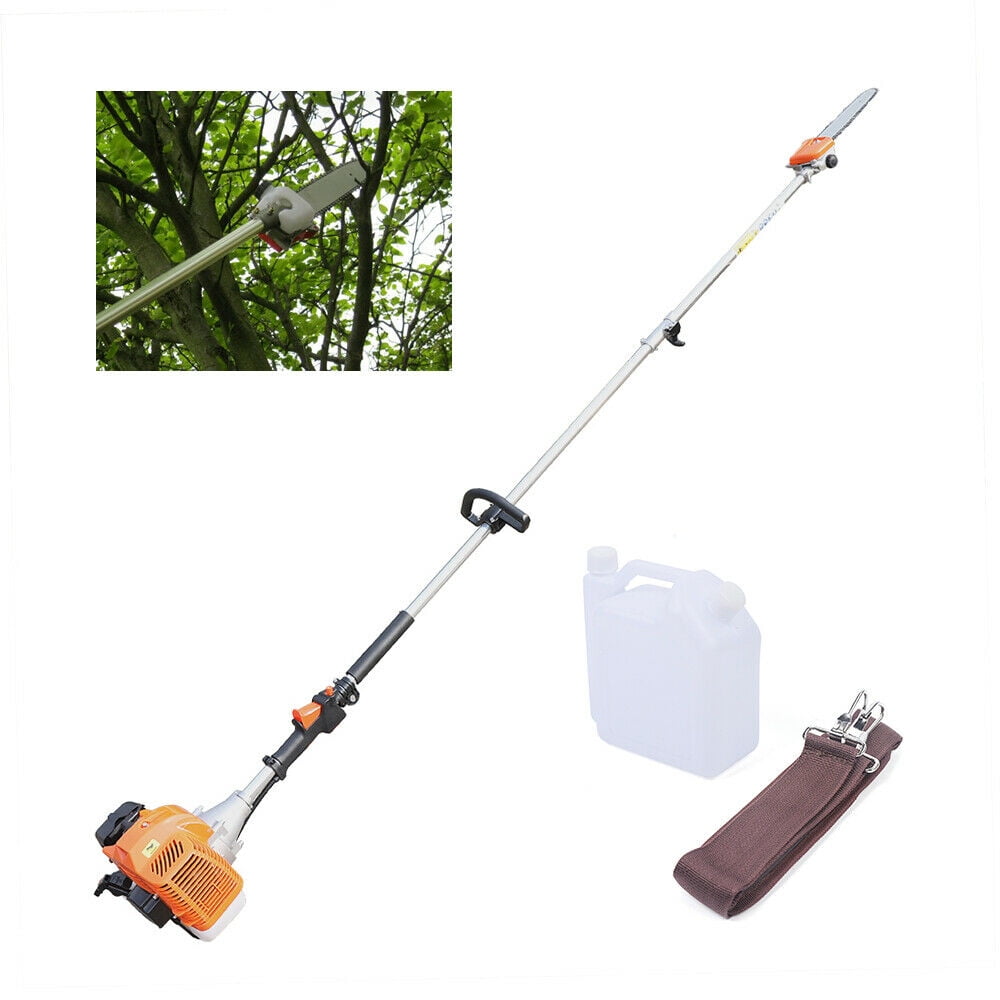
Conclusion: Emphasizing Safety and Efficiency
In conclusion, when using gas powered pole saws, safety and efficiency should never be overlooked. Remembering to wear the correct safety gear is non-negotiable. It’s the first defense against potential harm. The pre-operational checklist is also essential. It prepares the saw for use and flags any issues beforehand. Starting the saw following the right steps lays a foundation for secure and effective operation.
Consistently using proper handling and cutting techniques is crucial. These actions keep you safe and make the work go smoothly. Maintenance of your saw should be regular and meticulous. It prolongs the life of your saw and ensures it works well. Also, avoid common mistakes that can cause harm or damage to your pole saw.
By maintaining a safety-first approach and being efficient in your operations, you maximize the life of your equipment and complete tasks more effectively. With these points always in mind, you set the stage for a safe, enjoyable, and productive experience with your gas powered pole saws.
